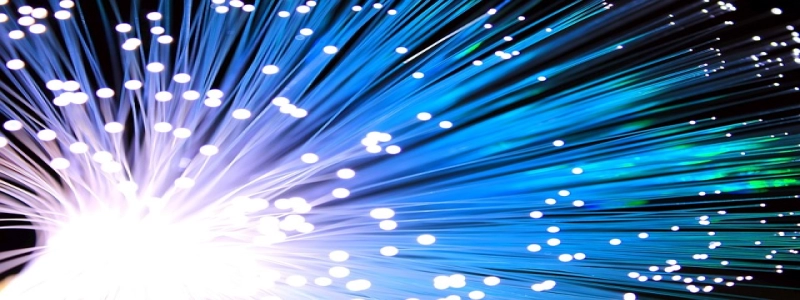Single Mode or Multimode Fiber
I. Introduction
A. Definition of fiber optic cables
B. Purpose of this article
II. Single Mode Fiber
A. Definition and characteristics
B. Advantages of single mode fiber
C. Applications of single mode fiber
III. Multimode Fiber
A. Definition and characteristics
B. Advantages of multimode fiber
C. Applications of multimode fiber
IV. Comparison between Single Mode and Multimode Fiber
A. Transmission distance
B. Bandwidth and speed
C. Cost
D. Installation and maintenance
V. Conclusion
A. Summary of single mode fiber
B. Summary of multimode fiber
C. Factors to consider when choosing between single mode and multimode fiber
I. Introduction
Fiber optic cables are a critical component of modern telecommunications systems. They are used to transmit data, voice, and video signals over long distances at extremely high speeds. The purpose of this article is to provide a comprehensive overview of single mode and multimode fiber, two common types of fiber optic cables, and their applications.
II. Single Mode Fiber
A. Definition and characteristics
Single mode fiber is a type of fiber optic cable that has a small core diameter, typically around 9 micrometers. It allows for the transmission of a single mode or ray of light, which means that the light travels in a straight line without bouncing off the walls of the cable.
B. Advantages of single mode fiber
Single mode fiber offers several advantages over multimode fiber. It allows for higher data transmission rates over longer distances, typically up to 100 kilometers. It also provides a higher bandwidth, making it more suitable for applications that require higher speeds and greater capacity.
C. Applications of single mode fiber
Single mode fiber is commonly used in long-distance telecommunications, such as in telecommunication networks and internet backbone connections. It is also used for data centers, LAN/WAN connections, and other high-demand applications where high speeds and long distances are required.
III. Multimode Fiber
A. Definition and characteristics
Multimode fiber is another type of fiber optic cable, but it has a larger core diameter, usually around 50 or 62.5 micrometers. This allows multiple modes or rays of light to be transmitted simultaneously, but they travel at different angles, causing some dispersion.
B. Advantages of multimode fiber
Multimode fiber is less expensive and easier to install and maintain compared to single mode fiber. It is also more forgiving when it comes to misalignments and defects in connectors and splices. Additionally, multimode fiber allows for higher power levels, making it suitable for applications that require more power.
C. Applications of multimode fiber
Multimode fiber is commonly used in short-distance applications, such as local area networks (LANs), premises distribution, and fiber to the desktop connections. It is also used for audio/video transmission, security systems, and other applications where shorter distances and lower speeds are sufficient.
IV. Comparison between Single Mode and Multimode Fiber
A. Transmission distance
Single mode fiber is capable of transmitting data over much longer distances compared to multimode fiber. While single mode fiber can transmit signals up to 100 kilometers, multimode fiber is typically limited to a few kilometers.
B. Bandwidth and speed
Single mode fiber offers a higher bandwidth and supports higher data transmission rates compared to multimode fiber. This makes it more suitable for applications that require high-speed and high-capacity data transmission.
C. Cost
Multimode fiber is generally less expensive than single mode fiber. The larger core diameter allows for easier and cheaper manufacturing. Additionally, multimode fiber requires less precise alignment and is more forgiving of defects, reducing installation and maintenance costs.
D. Installation and maintenance
Multimode fiber is easier to install and maintain compared to single mode fiber. It requires less stringent alignment and can tolerate some misalignments and defects in connectors and splices. Single mode fiber, on the other hand, requires more precise alignment and is more sensitive to defects, increasing installation and maintenance complexities.
V. Conclusion
In summary, single mode fiber and multimode fiber are two common types of fiber optic cables with distinct characteristics and applications. Single mode fiber offers higher speeds and longer transmission distances, making it suitable for long-distance telecommunications. Multimode fiber, on the other hand, is more cost-effective and easier to install and maintain, making it ideal for short-distance applications. When choosing between single mode and multimode fiber, factors such as transmission distance, bandwidth and speed requirements, cost, and ease of installation and maintenance should be considered.







